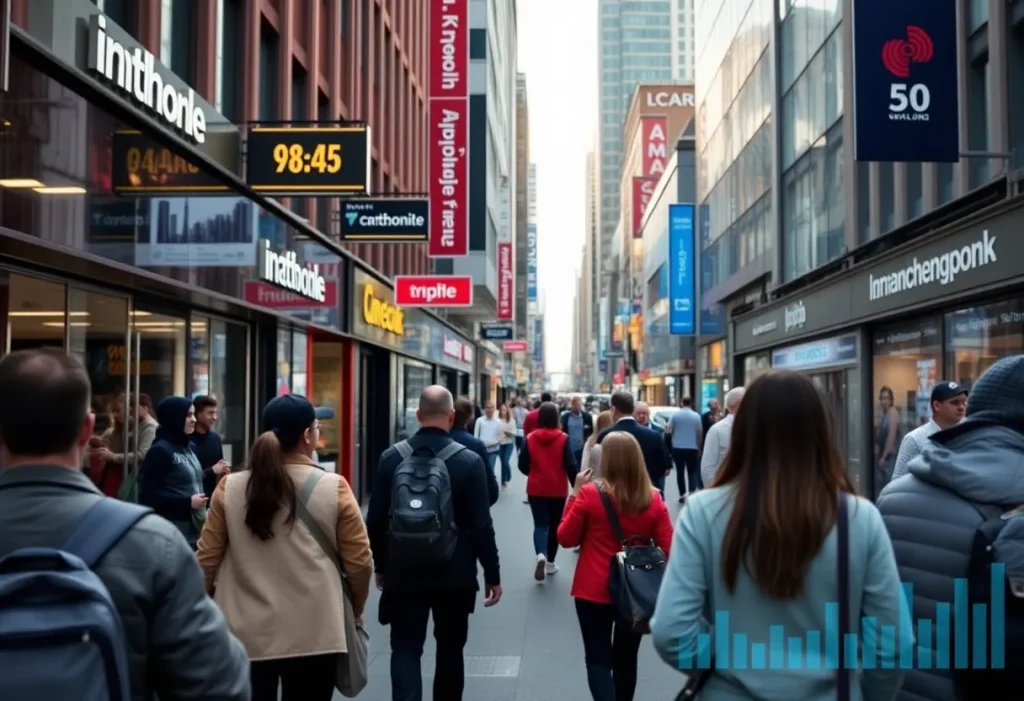
The Vitamin Shoppe Welcomes New Leaders to Propel Growth and Innovation
News Summary
The Vitamin Shoppe has announced the appointment of Monika Grabania as Vice President of Digital Marketing and Erica Evans as Vice President of Inventory Planning. With their extensive experience, they aim to enhance the company’s digital marketing strategies and inventory management, marking a new chapter for the retailer following a change in ownership. This shift emphasizes innovation and customer engagement, paving the way for an exciting future.
The Vitamin Shoppe Welcomes New Leaders to Propel Growth and Innovation
The Vitamin Shoppe, a well-known name in health and wellness, is making waves with its recent leadership expansion. The company has announced two exciting new appointments that are sure to help it elevate its game in the digital marketing and inventory management arenas. Let’s dive into what this means for the brand and its customers!
A Fresh Face in Digital Marketing
Starting December 1, 2025, Monika Grabania will step into the role of Vice President of Digital Marketing. This is no small feat, considering Monika comes with more than 20 years of experience across various sectors such as beauty, retail, and consumer brands. Her impressive track record includes her most recent position as the Head of Digital Transformation, Media, and E-commerce at Flora Food Group North America, where she played a pivotal role in boosting e-commerce sales.
In her new position, Monika will focus on optimizing The Vitamin Shoppe’s digital marketing initiatives. Her goals? To deepen customer engagement, strengthen brand loyalty, and expand reach across digital channels. It’s all about creating a robust online presence that resonates with customers and adds value to their shopping experience.
Heading Up Inventory Planning
Alongside Monika is Erica Evans, who has taken the reins as Vice President of Inventory Planning, following her appointment earlier in the fall of 2025. With her two decades of experience in merchandising and inventory across both e-commerce and brick-and-mortar retail, Erica is uniquely equipped for this role.
Prior to joining The Vitamin Shoppe, she served as the Vice President of Merchandise Planning at GNC and was also a Managing Director at Praia Beauty Group. Erica’s expertise will be crucial as she leads inventory planning, forecasting, and allocation processes. Her work will directly aim to ensure that The Vitamin Shoppe maintains optimal product availability and sales productivity across its operations.
Leadership Signals a New Era
The recent appointments come after a significant change in ownership for The Vitamin Shoppe. The company is now part of private equity firms Kingswood Capital Management and Performance Investment Partners. This shift marks a definitive new chapter for the retailer, especially following its previous owner’s Chapter 11 bankruptcy filing last year.
In fact, The Vitamin Shoppe was sold for a hefty sum of $193.5 million, indicating a strong belief in the brand’s potential for growth and development. There’s even more good news on the horizon, as CEO Sharon Leite, who had previously served from 2018 to 2023, has returned at the helm. Sharon’s leadership is expected to steer the company towards a bright and innovative future.
Experimenting with New Concepts
In addition to the executive changes, The Vitamin Shoppe is also shaking things up by experimenting with innovative physical store concepts. One of these is the introduction of “Hometown Stores,” which spotlight local brands across various states. This initiative not only supports local businesses but also provides customers with unique products that resonate with their community and lifestyle.
Looking Ahead
Overall, with Monika Grabania and Erica Evans on board, The Vitamin Shoppe is gearing up for an exciting future. Their expertise in digital marketing and inventory management is set to elevate the company’s offerings and customer experiences. As a consumer, it’s encouraging to see a beloved health and wellness brand investing in fresh leadership to meet the ever-evolving needs of their community.
With a committed focus on innovation and customer engagement, it looks like The Vitamin Shoppe is not just staying in the game but is ready to play to win!
Deeper Dive: News & Info About This Topic
HERE Resources
Understanding Marketing Language: A Consumer’s Guide to Navigating Deceptive Advertisements






